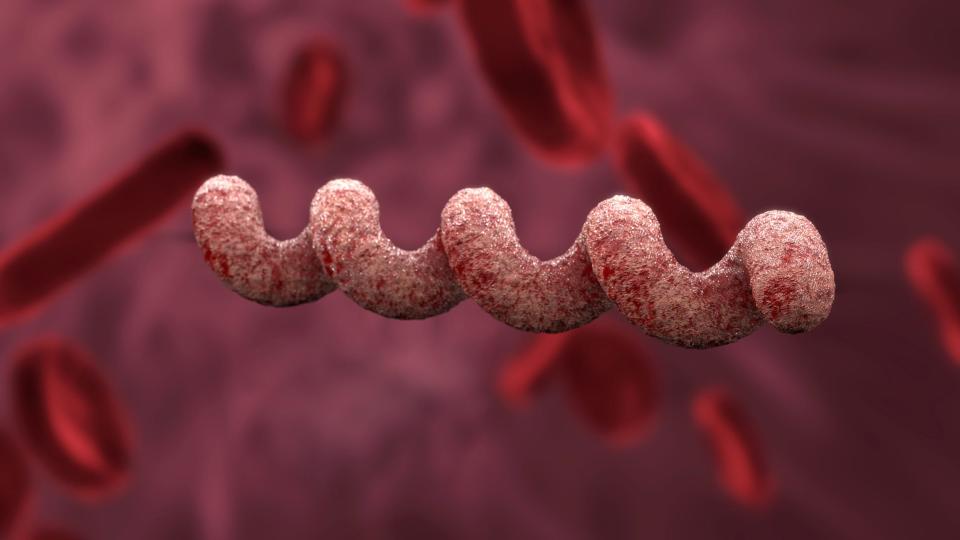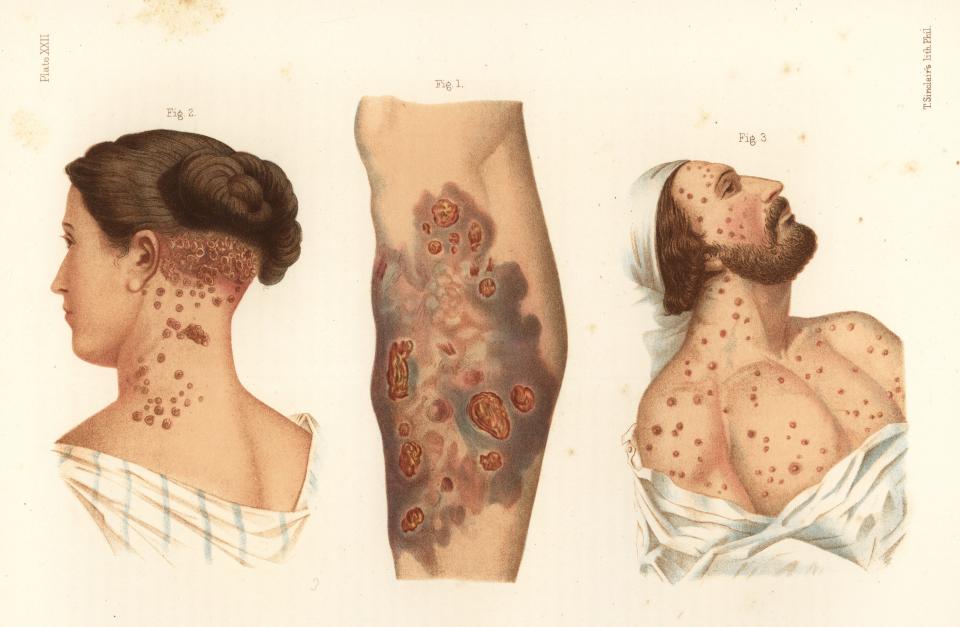-
2,000-year-old bones add evidence against the idea that Columbus brought syphilis to Europe.
-
A European outbreak of the STD at the end of the 14th century was long attributed to the conquistadors.
-
But DNA analysis does not match that story, a new study shows.
The idea that Christopher Columbus brought syphilis from the New World may be completely wrong.
A long-standing hypothesis stated that Spanish conquistadors picked up the sexually transmitted infection (STI) and introduced it to Europe in the late 14th century.
But a paper published Wednesday in the peer-reviewed journal Nature adds to a growing body of evidence that the conquistadors did not spread the disease after their invasion of what is now South America.
Instead, the bacteria may have originated much earlier than previously thought, Verena Schünemann, professor of Paleogenetics at the University of Basel, told Business Insider.
“Of course we can’t prove that it’s wrong – it doesn’t work yet. But it appears that a much more complex story is developing than these hypotheses currently portray,” she told BI.

The timing of the arrival of syphilis in Europe is suspicious
If you look at the historical literature, you would think that syphilis certainly came with the conquistadors.
In the late 14th century, there was a major outbreak of syphilis in Europe, especially in port cities, seemingly out of nowhere.
This was suspiciously in line with the return of sailors who accompanied Columbus on his voyage to South America.
The data on syphilis outbreaks before then was poor. Later excavations revealed bones in South America that bore lesions typically associated with syphilis infection.
Taken together, this has prompted historians to view the voyage as an early example of how infections can spread around the world.
Only it’s probably not that simple.
Later observations revealed that some skeletons found at European sites may also bear lesions typical of syphilis infection, long before first contact with pre-Columbian Native Americans.
As the plot thickens, scientists have turned to more modern research methods to discover what really happened.
DNA analysis reveals a more complicated story
To better understand the history of syphilis, Schünemann and her colleagues looked at 2,000-year-old bones with the characteristic lesions, which were found about twenty years ago in what is now Brazil.
They drilled small holes into the lesions with dental tools and extracted the old DNA that the bacteria had left in the bone.
The analysis found that some of these lesions were not caused by the bacteria behind sexually transmitted syphilis, but by a closely related cousin.
Although this microbe is very similar to the one behind syphilis – it is part of the same family, called Treponema – it causes a very different disease called Bejel, which is not sexually transmitted.
It still exists, especially in Asia and Japan.
“We actually didn’t expect to find it there,” says Schünemann.
“Usually it’s in arid areas, not so much in those humid, tropical coastal areas. That’s why we were quite surprised: this is a completely different environment than where you would expect to find it,” she said.
This suggests that the bone lesions alone do not guarantee that syphilis was present in South America before Columbus, which poked holes in the evidence used to support the hypothesis.
The study is “really exciting because it is the first truly ancient treponemal DNA recovered from archaeological human remains that are more than a few hundred years old,” said Brenda Baker of Arizona State University, according to New Scientist.


The mystery remains
The findings do not definitively close the door on the Columbus theory. But they do provide valuable clues to better understand what happened.
“It helps us indirectly,” Schünemann said.
This ancient genome allowed Schünemann and colleagues to discover that the entire Treponema family is much older than once expected.
The analysis suggests that these closely related bacteria had a common ancestor about 14,000 years ago, Schünemann said.
That means these bacteria could easily have traveled around the world several times during the various human migrations, much earlier than Columbus’s expeditions.
“We can now play around and say, okay, what hypothesis can we develop based on that?” Schünemann said
For Schünemann, it is more likely that the bacterium that caused syphilis, Bejel and other cousins of the Treponema family were already present in Europe, India and the Americas long before the first contact between Columbus and Native Americans.
“I think there’s definitely a possibility that they were there before contact,” she said.
It will be interesting, she said, to try to perform the same analyzes on the European bones that bear lesions and to find even older samples that could paint a better picture of the Treponema family tree.
The importance of the work goes beyond solving this historical mystery. Syphilis and its cousins are still widespread in the world today.
While controlled by antibiotics, they quickly learn how to evade the treatments.


If left untreated, syphilis can cause permanent damage to the heart, brain, and other internal organs. Bejel, or yawping, is a childhood illness that can be disfiguring and disabling.
By looking back at how it developed in humans in the past, for example how the microbes pass genetic information back and forth, we can better predict how it will develop in the future.
“Now, when it comes to this increase in antibiotic resistance and so on, developing new strategies to combat this bacteria may help in the future,” she said.
Read the original article on Business Insider